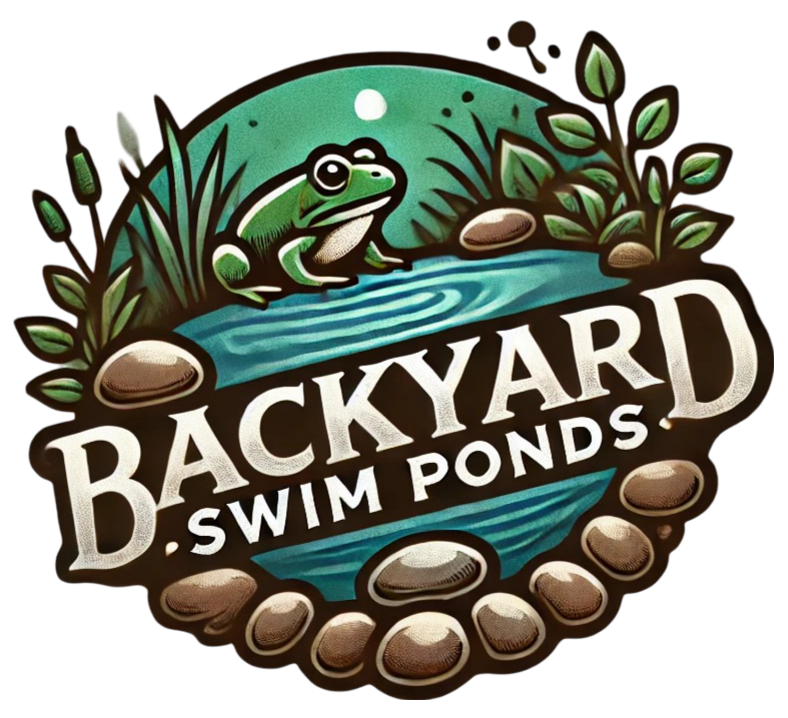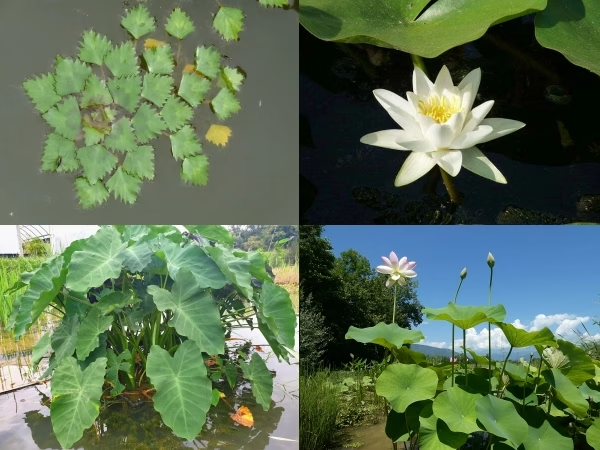Improving your pond’s water quality while enhancing its beauty is achievable through the incorporation of edible aquatic plants. These plants not only purify the water but also create a vibrant ecosystem that supports wildlife and adds visual appeal. This guide will delve into specific plants, such as watercress, lotus, and duckweed, emphasizing their ability to absorb nutrients, optimal growing conditions, and best practices for harvesting.
Understanding how to integrate these plants into your pond can help you create a self-sustaining environment that naturally filters pollutants and provides you with delicious food options.
Why Edible Aquatic Plants Matter for Your Pond’s Health
Edible aquatic plants have a significant role in maintaining a balanced ecosystem within your pond. By absorbing harmful nutrients and pollutants from the water, these plants act as natural filters that improve overall water quality. Additionally, their presence creates habitats for various wildlife species, such as frogs and birds, contributing to a richer aquatic environment.
Incorporating edible plants into your pond brings direct benefits to you as a gardener. Plants like watercress, lotus, and duckweed not only enhance the aesthetics of your water garden but also provide nutritious foods for you and your family.
Research indicates that edible aquatic plants effectively absorb nutrients, including nitrogen, phosphorus, and heavy metals, helping maintain a healthier aquatic environment. For example, watercress exhibits significant phosphate and nitrate removal capabilities in aquaponic systems, while lotus plants have proven effective in reducing ammonia and total suspended solids in pond water.
An infographic illustrating the benefits of various edible aquatic plants in pond ecosystems (Source: Aquatic Plants)
Meet the Filtration Heroes: Watercress, Lotus, and Duckweed
Three key edible aquatic plants serve as natural filtration heroes—watercress, lotus, and duckweed.
Watercress is particularly effective at removing nitrates and phosphates from water, making it an excellent choice for purifying pond environments. It thrives in nutrient-rich water and can be easily harvested for consumption.
Lotus is not just visually stunning; it also improves water clarity. Its roots can absorb harmful pollutants, effectively reducing ammonia levels by up to 64%. With its beautiful blooms, lotus adds both beauty and function to your pond.
Duckweed is a fast-growing plant that excels at absorbing nutrients and heavy metals. It also serves as a food source for fish and wildlife, enriching the pond’s biodiversity.
Research shows that including these plants can significantly enhance your pond’s water quality, making them invaluable components of any aquatic garden.

A scenic view of watercress, duckweed, and lotus in a pond (Source: Dreamstime)
Creating Your Own Edible Aquatic Garden: Starting with Watercress and Lotus
Starting your own edible aquatic garden is rewarding and straightforward. Here are some practical tips to help you cultivate watercress and lotus effectively.
Watercress flourishes in nutrient-rich water and is best planted in the spring. Ensure your pond has a consistent water source, as this plant prefers flowing or stagnant water. You can plant it in shallow areas or on floating rafts to optimize growth.
When planting lotus, maintain an ideal water level, typically around 12 to 18 inches deep. These plants prefer full sun but can tolerate partial shade. Enrich the soil with organic matter before planting the tubers in pots or directly if conditions are suitable. Regularly monitor growth, as lotus plants can take time to establish.
Both plants require careful monitoring and ongoing maintenance to thrive. As seasons change, adapt your care routines to support their growth and overall health.

A visual guide for planting water lilies, relevant to the techniques for planting both watercress and lotus in ponds (Source: Sunland Water Gardens)
The Science Behind Filtration: Nutrient Uptake in Aquatic Plants and Your Pond
Understanding how aquatic plants absorb nutrients enhances your appreciation of their role in maintaining water quality. Watercress and lotus are especially efficient in taking in phosphorus and heavy metals from the water.
Watercress and water spinach exhibit high absorption rates for phosphorus, with studies showing levels between 155 and 775 mg/kg dry weight. This capability illustrates the plants’ potential for water purification. Additionally, recent research indicates the importance of beneficial microorganisms in enhancing filtration efficiency alongside plant roots.
By introducing these plants into your pond, you create a reliable filtration system, ensuring clearer water for aquatic life. The right combination of plants can effectively address various pollutants in your ecosystem, demonstrating the interconnection of plants and water quality.

A graph depicting the rate of absorption of lead by aquatic plants (Source: ResearchGate)
Sustainable Harvesting: Enjoying Your Aquatic Garden While Maintaining Filtration
Practicing sustainable harvesting techniques is essential for maintaining the health of your aquatic garden. When harvesting watercress, cut the stems just above the waterline or pinch them with your fingers to avoid uprooting the plant. You can harvest watercress year-round, but it will have the best flavor during the cooler months.
For lotus, wait until the flowers are fully open to harvest the roots. Use gentle techniques to avoid damaging the plants to ensure they continue to thrive. After harvesting, wash the plants thoroughly to remove any debris or contaminants, ensuring they are safe for your family’s consumption.
By adopting sustainable practices, you can balance enjoying your garden and maintaining its filtration abilities. Regularly monitor the health of your plants and avoid over-harvesting to promote regrowth.
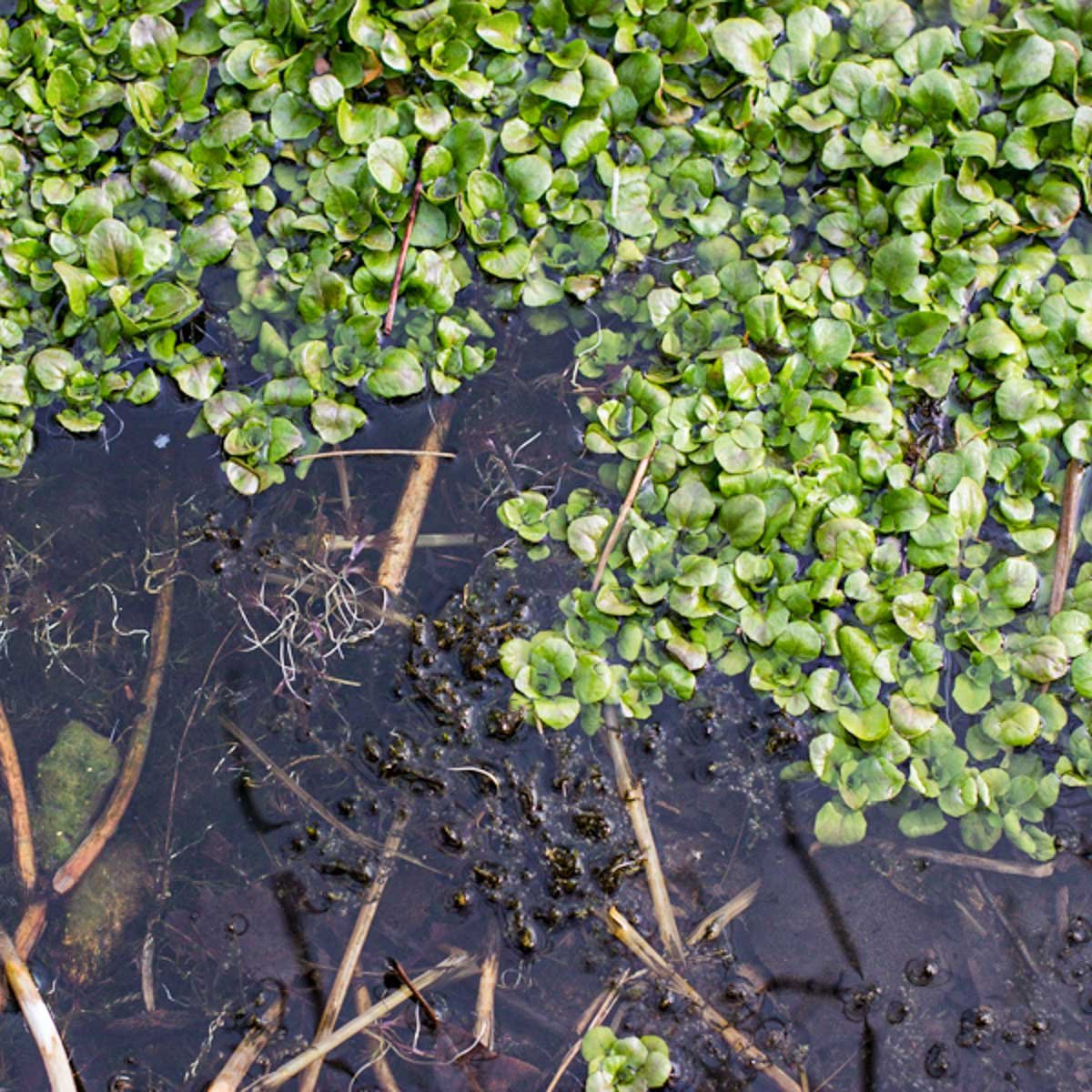
A guide showing the proper technique for harvesting watercress sustainably without damaging the plant (Source: Forager Chef)
The Risks: Pollutants and Bioaccumulation in Your Aquatic Garden
While edible aquatic plants offer numerous benefits, they can also pose risks if grown in contaminated environments. These plants, such as watercress and lotus, may accumulate pollutants like heavy metals and pesticides, raising food safety concerns.
Studies reveal that certain contaminants can magnify within plants, reaching levels that may pose health risks to humans. For instance, some research indicates that heavy metals can concentrate in the roots of aquatic plants up to 100,000 times higher than the surrounding water.
To minimize these risks, routinely monitor the water quality in your pond to ensure your plants remain safe for consumption. Implementing responsible cultivation techniques and understanding the types of pollutants in your area can significantly reduce potential health hazards.
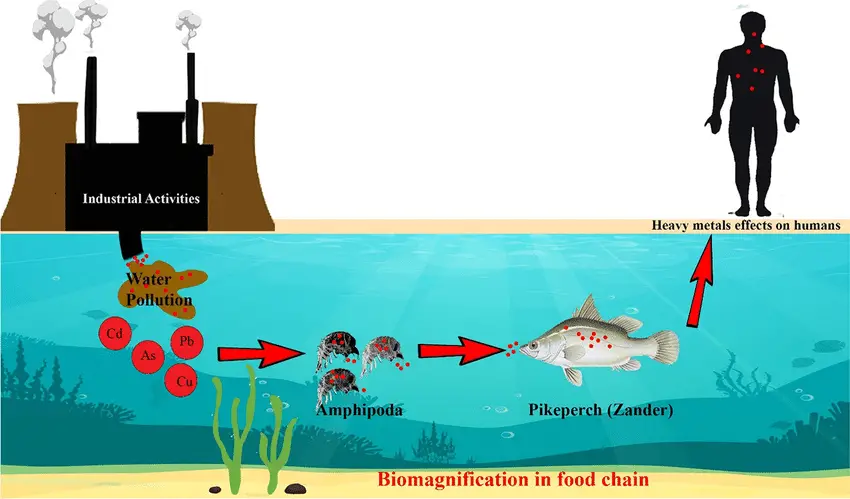
A schematic model visualizing bioaccumulation of heavy metals in aquatic food chains (Source: Biology Notes Online)
Conclusion: Embrace Edible Aquatic Plants for a Healthier Pond
Incorporating edible aquatic plants like watercress, lotus, and duckweed into your pond design can significantly improve water quality and enhance visual appeal. By fostering a self-sustaining ecosystem, you not only beautify your garden but also contribute to a more beneficial environment for wildlife and your family.
Start small, and gradually expand your edible aquatic garden as you gain experience. As you learn about each plant’s unique requirements, you will appreciate the journey of nurturing a thriving ecosystem. By embracing the dual benefits of beauty and functionality, you can enjoy the many rewards of cultivating edible aquatic plants.
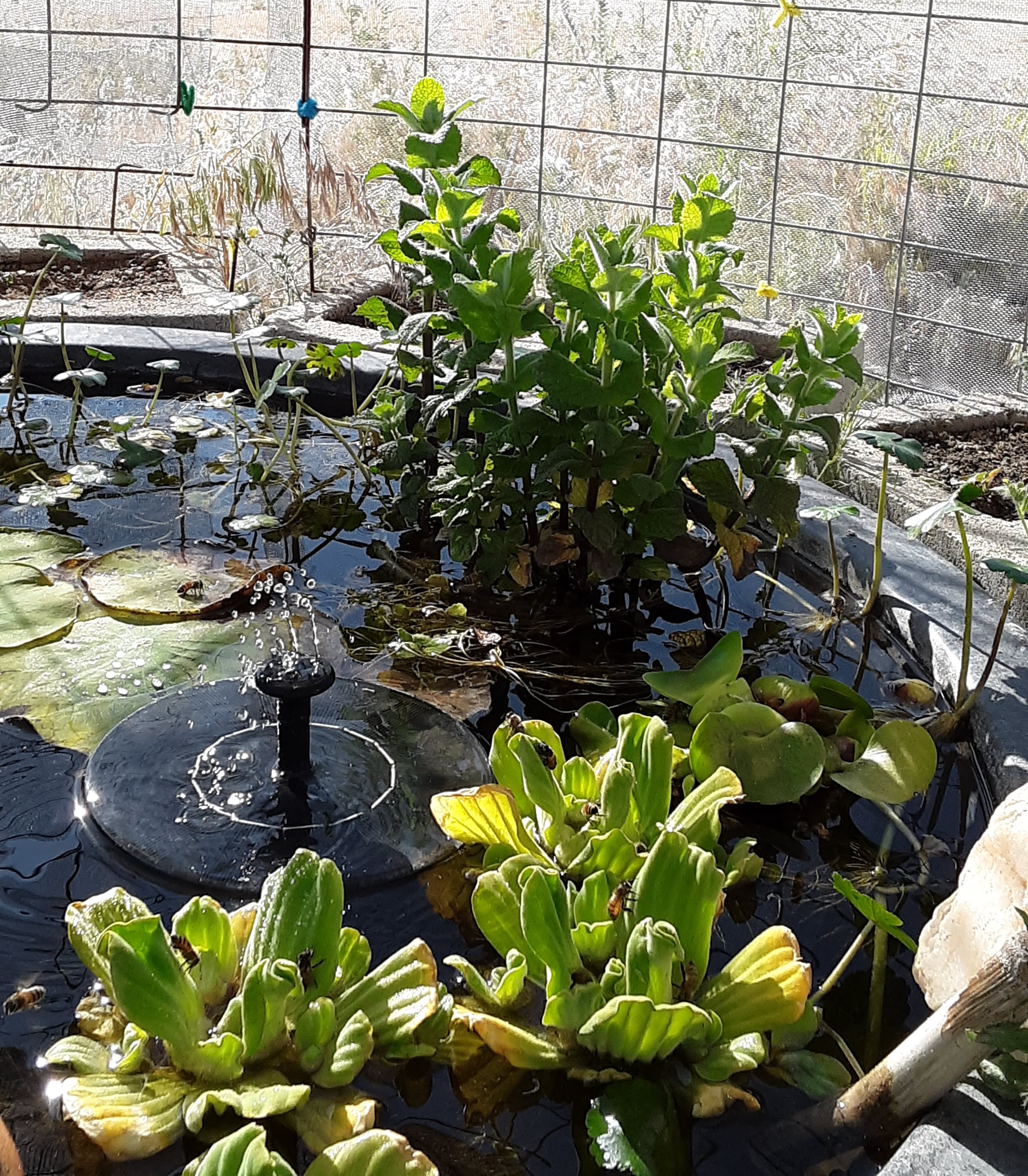
A vibrant image showcasing a beautifully landscaped pond with edible aquatic plants (Source: Dengarden)
